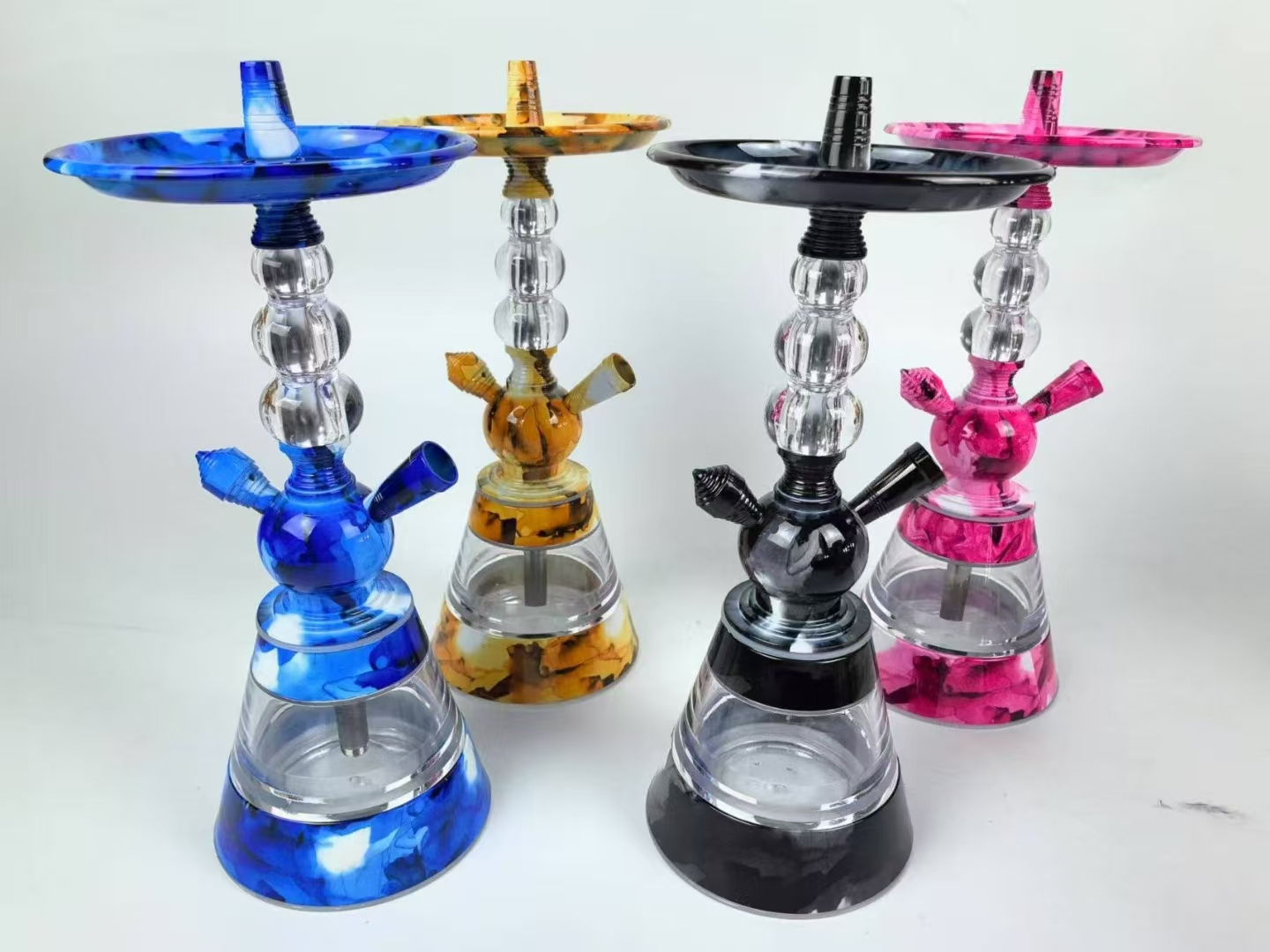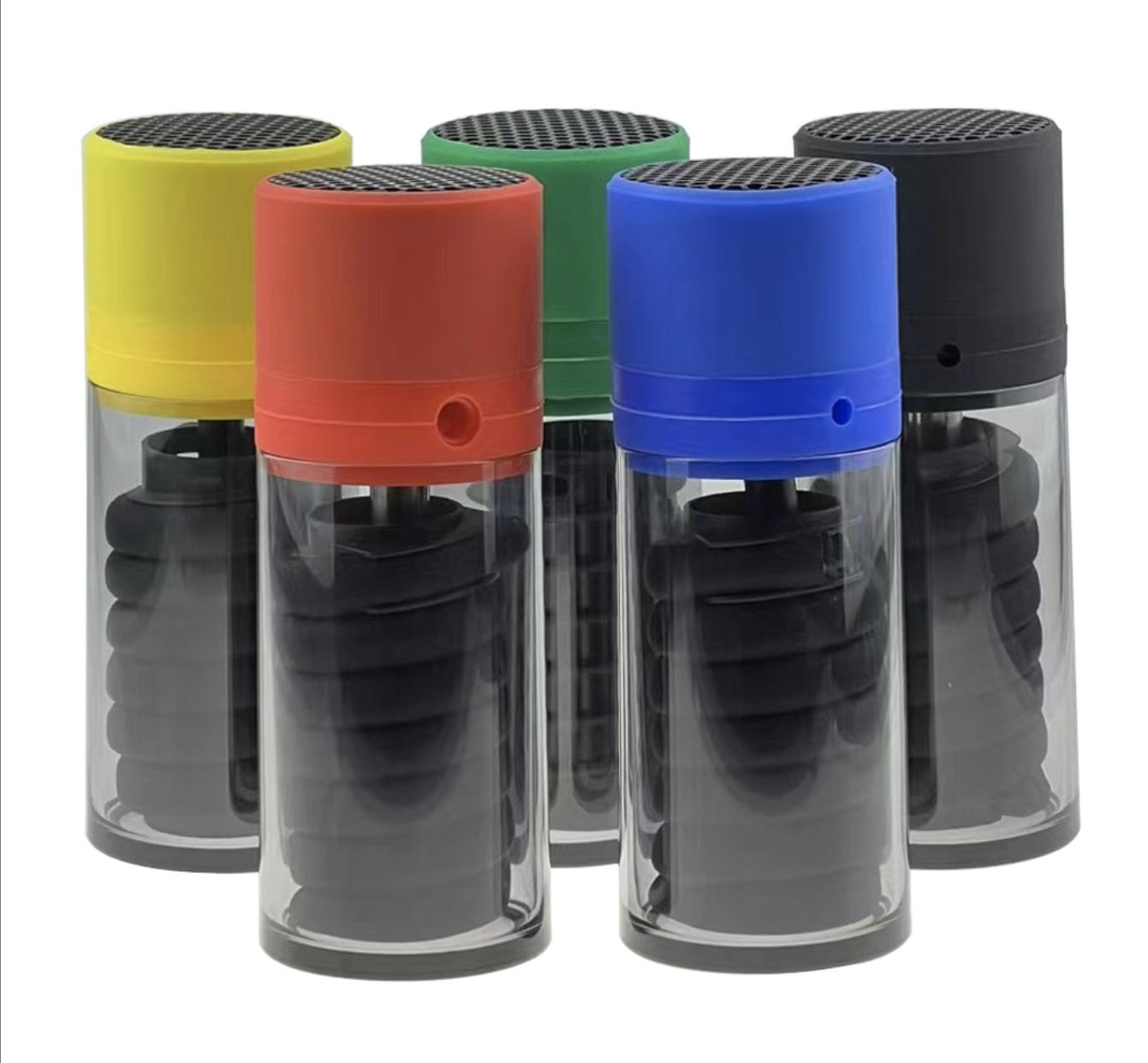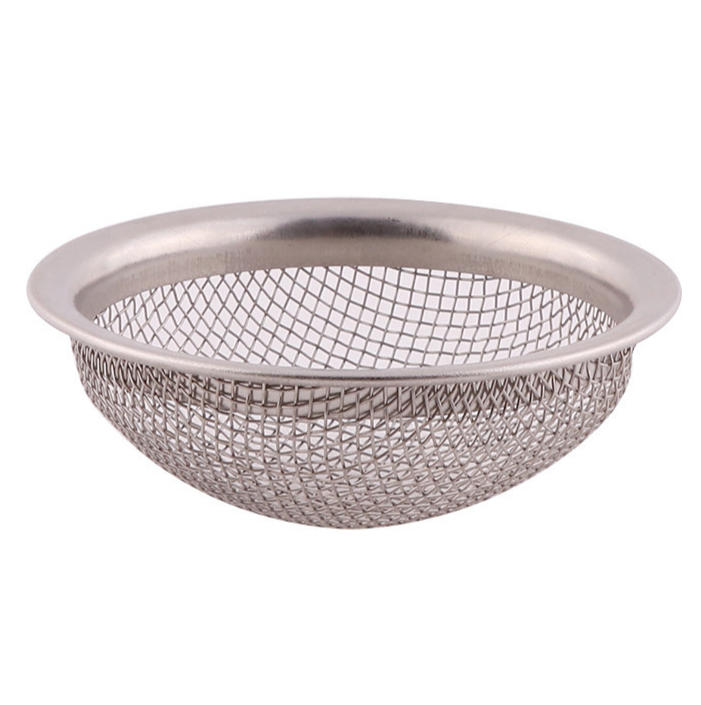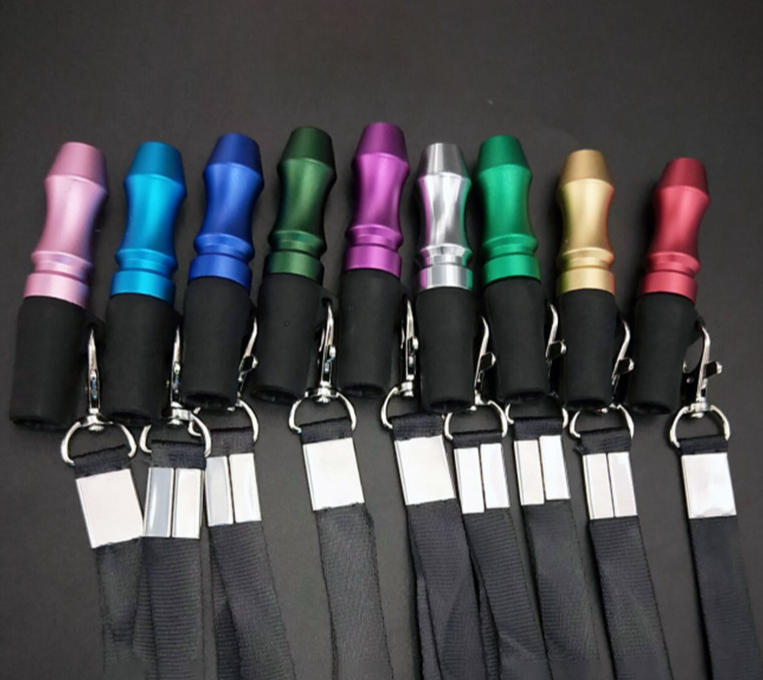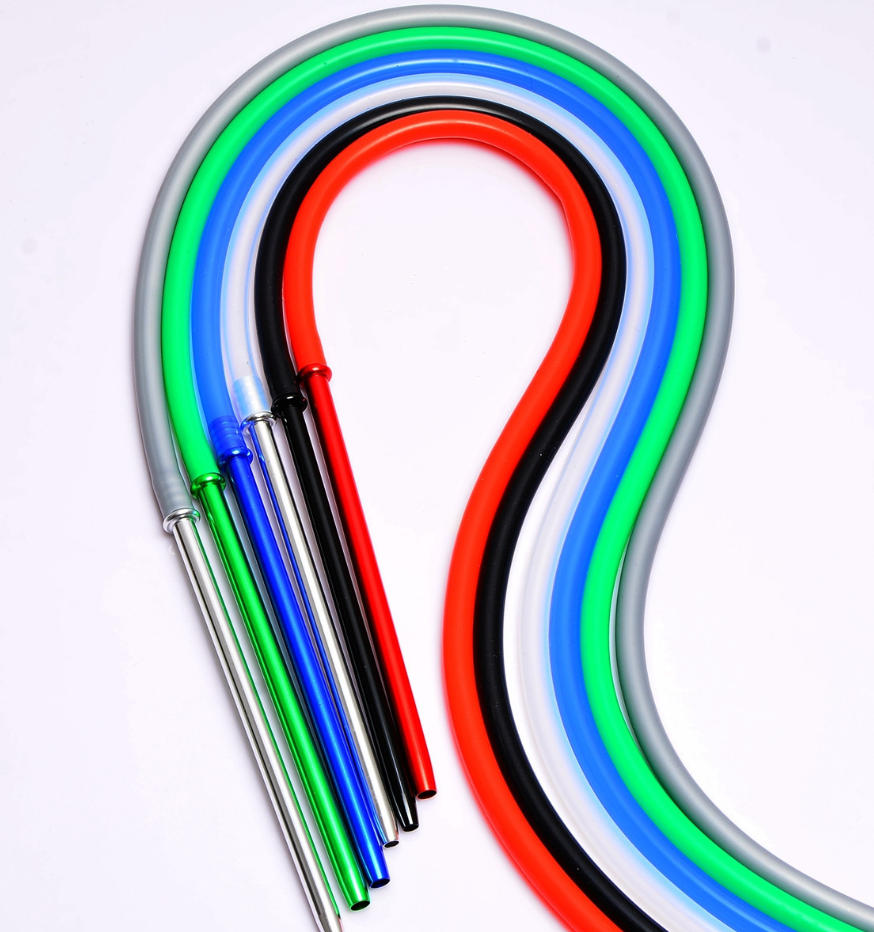What Are Traditional Hookahs?
Table of Contents
-
Introduction
-
Conclusion
Introduction
Hookah smoking, a practice steeped in centuries of tradition, has captivated people across cultures with its unique blend of social interaction and sensory experience. As someone deeply involved in the hookah wholesale industry, I’ve had the privilege of exploring the intricate world of traditional hookahs, from their historical roots to their modern-day resurgence. But what are traditional hookahs? In this article, we’ll dive into their origins, components, setup process, cultural importance, and practical tips for enthusiasts. Whether you’re new to hookah or a seasoned smoker, this guide offers actionable insights to enhance your experience. Let’s embark on this flavorful journey together.
What Are Traditional Hookahs?
Traditional hookahs, often referred to as shisha, narghile, or water pipes, are devices used to smoke specially prepared tobacco or herbal mixtures. Unlike modern hookah designs, which may incorporate materials like acrylic or silicone, traditional hookahs are typically crafted from brass, copper, or stainless steel, featuring intricate designs that reflect their cultural heritage. These hookahs use a water filtration system to cool and filter the smoke, delivering a smooth, flavorful experience.
My experience in the hookah wholesale market has shown that traditional hookahs, such as those from brands like Khalil Mamoon, are prized for their durability and aesthetic appeal. According to a 2019 study by the American Lung Association, traditional hookahs remain popular in regions like the Middle East and South Asia, where they are often used in social settings like cafes or lounges. Understanding what is a hookah starts with appreciating its craftsmanship and historical significance.
Key Features of Traditional Hookahs
-
Materials: Brass, copper, or stainless steel for durability and ornate designs.
-
Design: Handcrafted with detailed engravings, often reflecting cultural motifs.
-
Functionality: Uses a water base to filter smoke, paired with natural charcoal and traditional tobacco blends like Al Fakher or Nakhla.
The History of Traditional Hookahs
The origins of the hookah are debated, but most historians trace its beginnings to 16th-century India, during the Mughal Empire. According to the World Health Organization (WHO), the hookah, or “hubble-bubble,” was invented by a physician named Hakim Abul-Fath Gilani, who sought to purify tobacco smoke by passing it through water. This innovation quickly spread to Persia, the Middle East, and North Africa, becoming a staple in social gatherings.
In my years supplying hookah lounges, I’ve seen how traditional hookahs embody this rich history. For example, Egyptian hookahs, like those from Khalil Mamoon, feature tall, ornate stems that echo designs from centuries past. A 2010 study in the International Journal of Epidemiology notes that hookah use has been a cultural practice in these regions for over 400 years, with traditional designs still favored for their authenticity. Curious about where did hookah originate? Its roots are a testament to its enduring appeal.
Evolution Over Time
-
16th Century: Hookah emerges in India, using simple clay bowls and bamboo hoses.
-
17th-18th Century: Spreads to Persia and the Ottoman Empire, with brass and glass designs becoming prominent.
-
19th Century: Becomes a symbol of hospitality in Middle Eastern cafes.
-
Today: Traditional designs coexist with modern innovations, maintaining cultural authenticity.
Components of a Traditional Hookah
To fully grasp what is a traditional hookah, it’s essential to understand its components. A traditional hookah consists of several parts, each contributing to its functionality and aesthetic. Here’s a breakdown based on my experience handling hookahs in the wholesale trade:
-
Bowl: The top piece, typically made of clay or ceramic, holds the shisha tobacco or herbal mixture. Brands like Sahara Hookah offer durable clay bowls for even heat distribution.
-
Stem: The metal shaft (often brass or copper) connects the bowl to the base, channeling smoke downward.
-
Base: A glass or metal vessel filled with water to filter and cool the smoke. Traditional bases often feature hand-painted designs.
-
Hose: A flexible tube, traditionally leather or woven fabric, through which the user inhales the smoke.
-
Tray: A metal plate below the bowl catches ash from burning charcoal.
-
Charcoal: Natural coconut or bamboo coals are used to heat the shisha, unlike modern electric hookahs.
A 2012 article in Preventing Chronic Disease emphasizes that the quality of these components, especially the bowl and base, significantly impacts the smoking experience. For instance, a well-crafted clay bowl ensures consistent flavor, a tip I share with lounge owners when sourcing supplies.
Pro Tip
When inspecting a traditional hookah, check the welds on the stem for durability. Poorly crafted stems can leak air, reducing smoke quality. This insight comes from years of evaluating hookahs for wholesale distribution.
How to Set Up a Traditional Hookah
Setting up a traditional hookah is an art that enhances the smoking experience. Here’s a step-by-step guide based on my hands-on experience and industry best practices:
-
Fill the Base: Pour water into the glass base until the stem’s down tube is submerged about 1-1.5 inches. Too much water restricts airflow, while too little reduces filtration. For a twist, try adding ice for a cooler smoke, as suggested by Hookah.org.
-
Assemble the Hookah: Attach the stem to the base, ensuring a tight seal. Connect the hose and place the tray on the stem.
-
Pack the Bowl: Break up the shisha tobacco (e.g., Al Fakher’s Double Apple) and loosely pack it into the clay bowl. Avoid overpacking to ensure airflow. Cover with a piece of perforated foil or a heat management device.
-
Light the Coals: Use natural coconut coals, like those from CocoNara, and light them on a coal burner until glowing red (about 5-7 minutes). Place 2-3 coals on the foil.
-
Start Smoking: Inhale gently through the hose to draw smoke through the water. Adjust coals as needed for consistent heat.
For more detailed guidance, visit how to set up a hookah. A 2013 study in Addiction journal recommends using natural coals over quick-light varieties to reduce harmful chemical exposure, a practice I advocate in my wholesale business.
Actionable Tip
To enhance flavor, mix shisha flavors like mint and lemon for a refreshing blend. Experiment with ratios (e.g., 70% mint, 30% lemon) to find your perfect mix, a trick I’ve shared with hookah lounge clients.
Cultural Significance of Traditional Hookahs
Traditional hookahs are more than smoking devices; they’re cultural artifacts that foster community and relaxation. In Middle Eastern and South Asian cultures, hookah lounges serve as social hubs where friends gather to share stories and enjoy flavored tobacco. My visits to hookah lounges in Dubai and Cairo revealed how these spaces preserve traditions, with patrons passing the hose in a ritual of hospitality.
According to a 2004 study in Tobacco Control, hookah smoking is deeply ingrained in Middle Eastern social customs, often accompanied by tea or coffee. This cultural significance extends to modern hookah lounges worldwide, from Harlem Hookah in New York to Sahara Hookah Lounge in California. Understanding what is a hookah lounge highlights its role as a communal experience.
Practical Application
When hosting a hookah session at home, mimic the lounge vibe by offering snacks and playing ambient music. This enhances the social aspect, making your gathering memorable.
Choosing the Right Traditional Hookah
Selecting a traditional hookah can be daunting given the variety available. Here are tips based on my expertise in hookah wholesale:
-
Brand: Opt for reputable brands like Khalil Mamoon or Mya Hookah for authenticity and quality. These brands are known for handcrafted designs that last decades.
-
Size: Traditional hookahs range from 18 to 36 inches. Smaller hookahs (e.g., Mya Saray) are portable, while larger ones (e.g., Amy Deluxe) offer robust smoke output.
-
Material: Choose brass or stainless steel for durability. Avoid aluminum, as it corrodes over time.
-
Budget: Prices range from $50 for basic models to $200 for premium ones. Check trusted retailers like Hookah-Shisha.com for deals.
For further insights, explore hookah for sale. A 2018 review by Hookah.org recommends investing in a mid-range traditional hookah ($80-$120) for beginners, balancing quality and affordability.
Where to Buy
-
Hookah-Shisha.com: Offers a wide range of traditional hookahs and accessories.
-
SouthSmoke.com: Known for authentic Khalil Mamoon hookahs.
-
Local Hookah Shops: Search “hookah shop near me” to find reputable stores, ensuring you inspect the hookah before purchase.
Conclusion
Traditional hookahs are a fascinating blend of history, craftsmanship, and cultural significance. From their origins in 16th-century India to their modern-day presence in hookah lounges worldwide, these devices offer a unique smoking experience that’s both social and sensory. By understanding what are traditional hookahs, their components, setup process, and cultural role, you can fully appreciate their charm. Whether you’re sourcing hookahs for a lounge or enjoying one at home, the tips shared here—drawn from my wholesale experience and industry research—will help you make informed choices. Ready to explore? Visit a local hookah lounge near me or browse online stores to start your journey with traditional hookahs.
References
-
American Lung Association. (2019). Hookah Smoking: A Growing Threat to Public Health. Retrieved from www.lung.org.
-
World Health Organization. (2005). Waterpipe Tobacco Smoking: Health Effects, Research Needs and Recommended Actions by Regulators. Retrieved from www.who.int.
-
Akl, E. A., et al. (2010). The effects of waterpipe tobacco smoking on health outcomes: a systematic review. International Journal of Epidemiology, 39(3), 834–857.
-
Maziak, W., et al. (2004). Tobacco smoking using a waterpipe: a re-emerging strain in a global epidemic. Tobacco Control, 13(4), 327–333.
-
Morris, D. S., et al. (2012). Opportunities for policy interventions to reduce youth hookah smoking in the United States. Preventing Chronic Disease, 9, E165.
